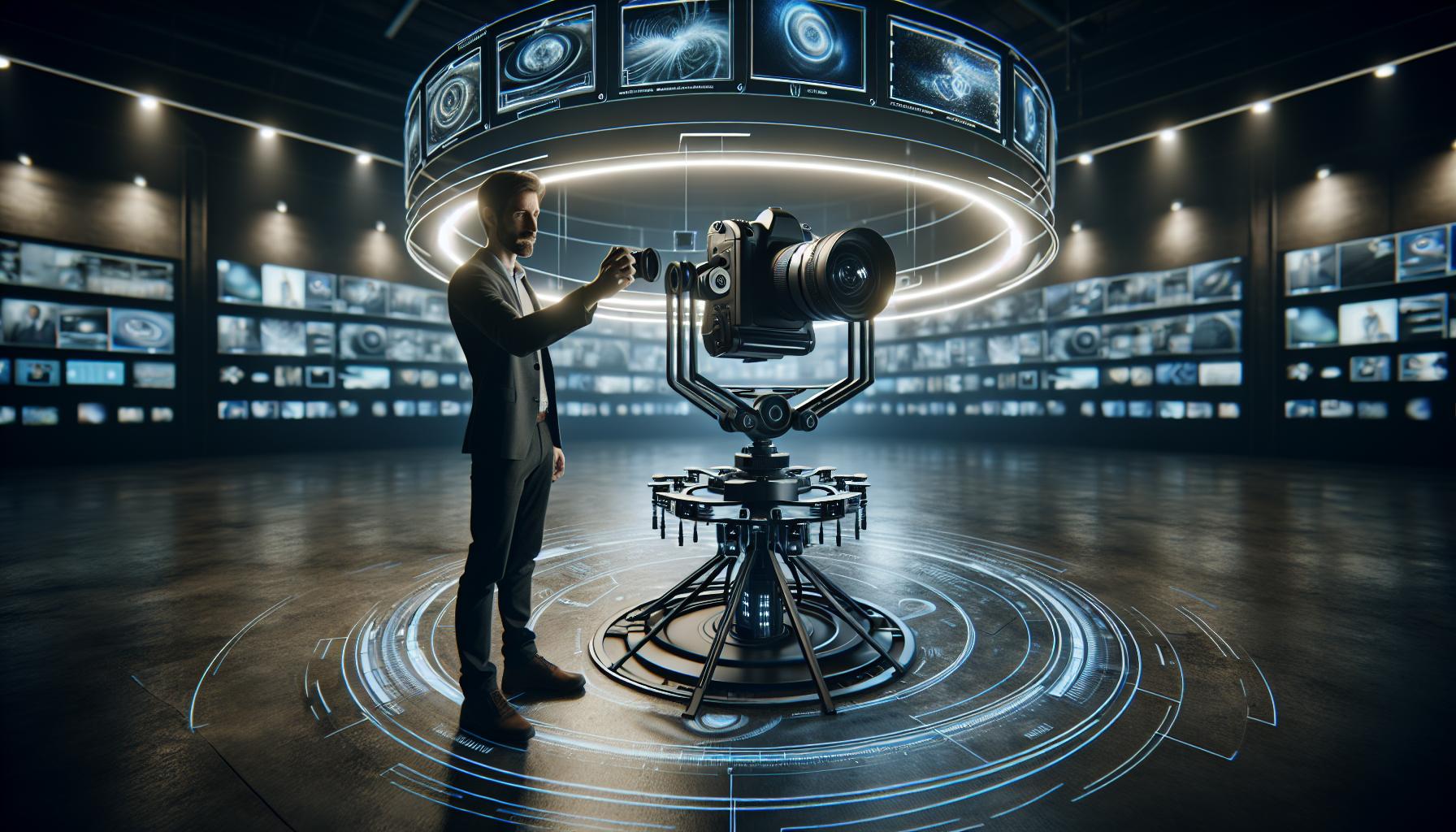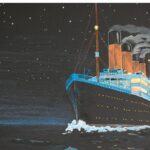Step into the enchanting world of Naimark Photography, where every frame tells a captivating story. Michael Naimark’s revolutionary approach to visual storytelling has transformed the landscape of contemporary photography since the 1970s through his groundbreaking work in new media art and experimental imaging.
From his pioneering “Movie Maps” project at MIT to his innovative contributions to immersive photography, Naimark’s work bridges the gap between traditional photography and cutting-edge technology. His unique perspective challenges conventional methods while inspiring a new generation of photographers and digital artists. Whether you’re a photography enthusiast or a tech-savvy creative, Naimark’s blend of artistry and innovation offers fascinating insights into the evolution of visual media.
Naimark Photography
Naimark photography represents a pioneering fusion of traditional photography with interactive digital technologies, developed by media artist Michael Naimark during his groundbreaking work at MIT’s Architecture Machine Group.
History and Origins
Michael Naimark introduced his distinctive photographic approach in 1978 at MIT while exploring the intersection of art, technology, and human perception. His experimental work “Aspen Movie Map” established the foundation for modern street-view technologies by capturing 360-degree images of Aspen, Colorado’s streets. The Massachusetts Institute of Technology’s Architecture Machine Group provided the ideal environment for Naimark to develop his innovative techniques, combining robotics with photography. His early experiments focused on creating immersive environments through rotating cameras mounted on mechanical platforms, capturing sequential images that formed panoramic views.
Key Characteristics
Naimark photography features distinct technical elements that separate it from conventional photography:
- Motion-based capture systems utilizing robotic camera mounts
- High-precision mechanical rotation for seamless image stitching
- Multi-directional viewing capabilities through specialized projection systems
- Integration of computer-controlled positioning mechanisms
- Spatial mapping techniques for accurate environmental documentation
- Time-based sequencing of multiple photographic frames
- Interactive viewing systems enabling user-controlled navigation
- Preservation of spatial relationships through calibrated image capture
Each characteristic builds upon traditional photographic principles while incorporating technological innovations to create immersive visual experiences.
The Technical Process Behind Naimark Photography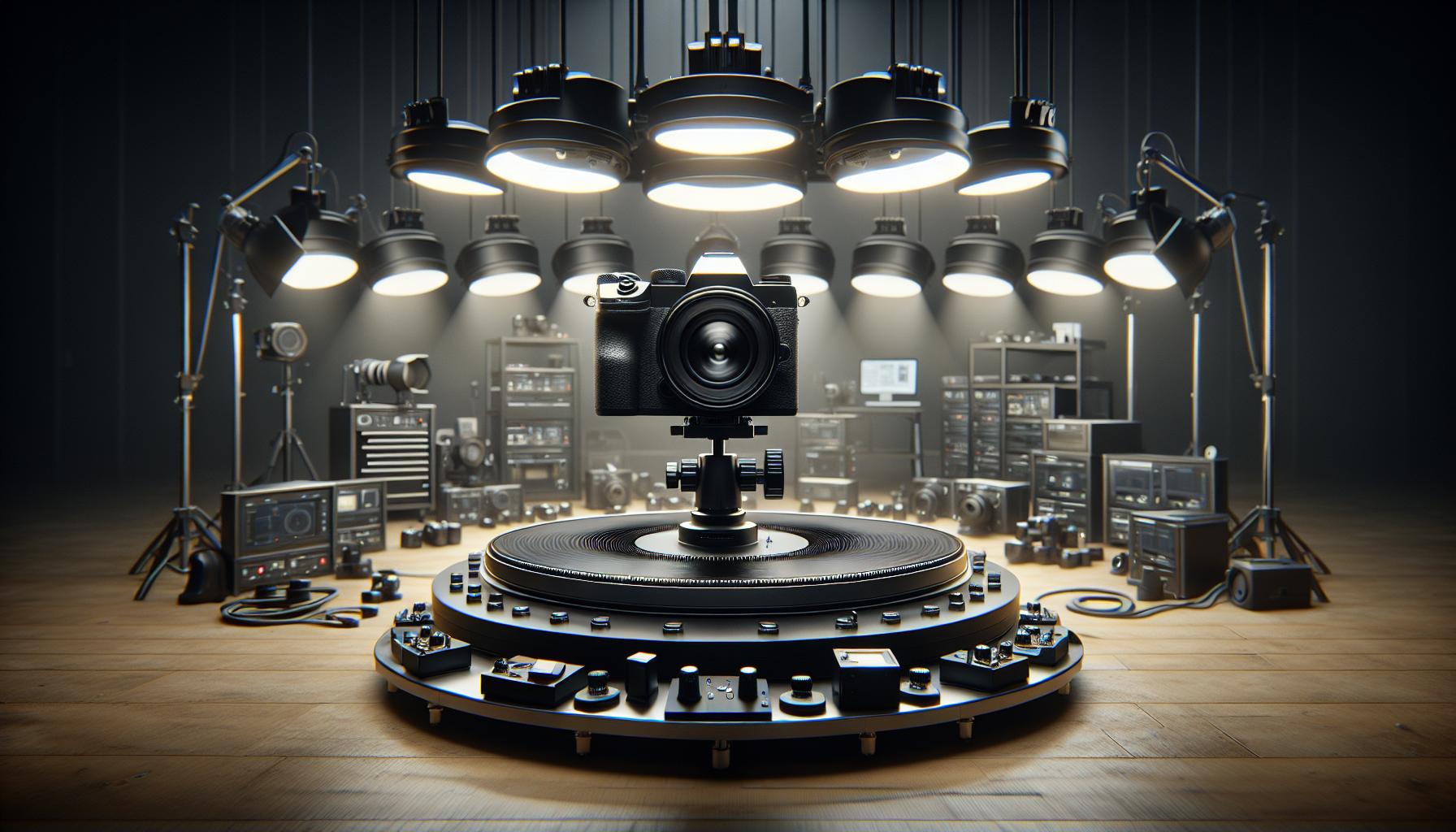
Naimark photography employs specialized equipment and precise technical configurations to create immersive visual experiences. The process combines mechanical rotation systems with advanced imaging technology to capture detailed 360-degree perspectives.
Equipment and Setup
The core components of a Naimark photography system include a high-resolution camera mounted on a custom-built rotating platform. The setup requires:
- Precision-engineered motorized turntable with 0.1-degree accuracy
- Modified DSLR or mirrorless camera with intervalometer capabilities
- Wide-angle lens (8-14mm focal length) for complete spatial coverage
- Custom mounting brackets for camera stabilization
- Computer-controlled synchronization system
- High-capacity storage devices (minimum 1TB) for raw image data
- Motion control interface for automated capture sequences
Lighting Requirements
The lighting setup for Naimark photography demands careful consideration of these elements:
- Multiple diffused light sources positioned at 120-degree intervals
- Minimum 5000K color temperature balanced lighting
- Variable intensity controls for consistent exposure
- Ambient light meters for real-time monitoring
- Light modifiers (softboxes, scrims) to minimize reflections
- Supplementary fill lights for shadow reduction
- Remote-controlled lighting systems for synchronized operation
| Component | Requirement |
|---|---|
| Main Light Power | 500W minimum |
| Color Rendering Index | >95 CRI |
| Beam Angle | 120 degrees |
| Flash Duration | 1/1000s or faster |
Creative Applications and Uses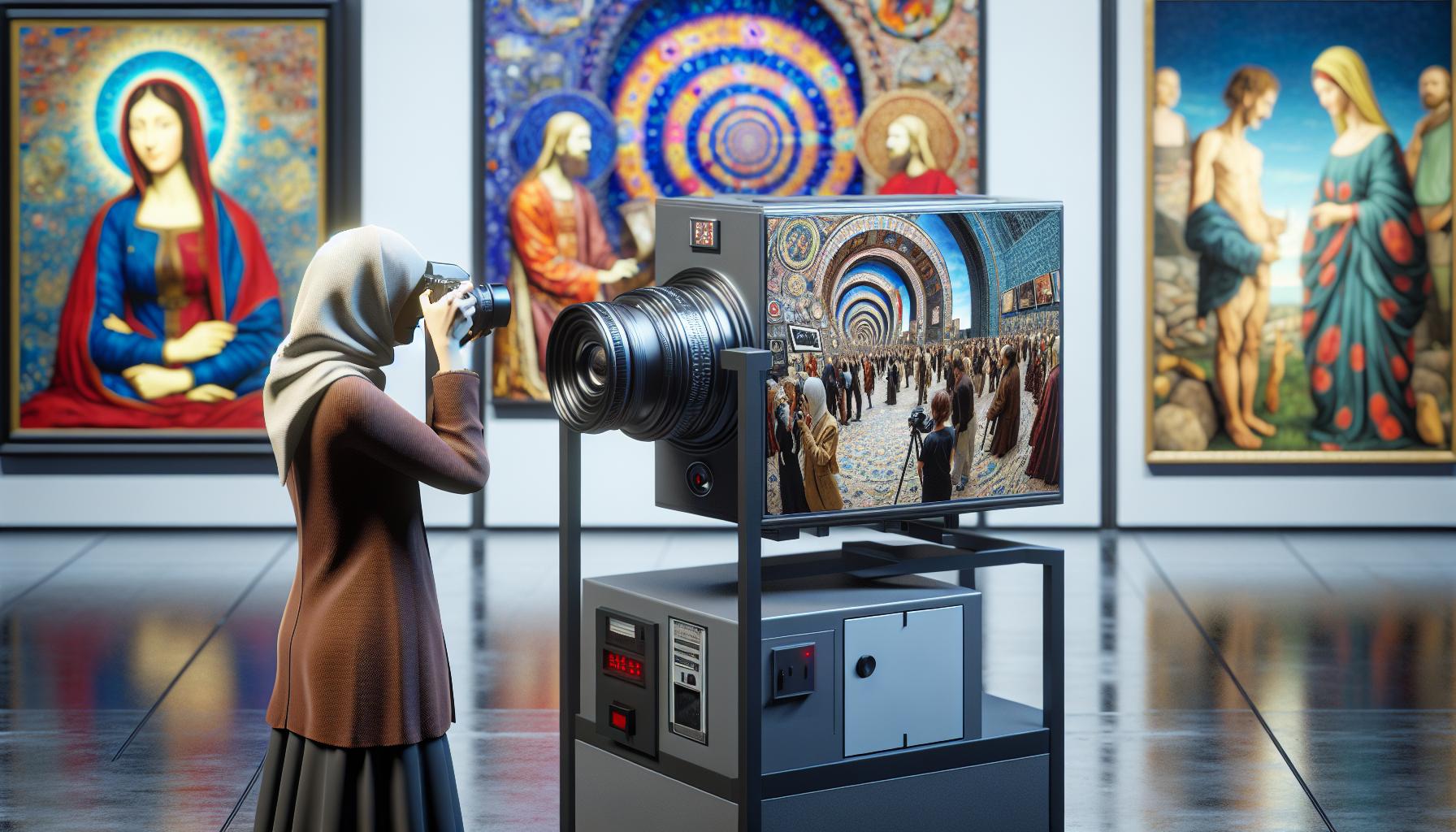
Naimark photography extends beyond technical innovation to diverse creative applications across multiple sectors. The technique’s unique capabilities enable photographers to capture immersive experiences in ways previously unattainable.
Fine Art Photography
Naimark photography transforms traditional gallery spaces into interactive environments through rotating camera installations. Artists incorporate this technique to create multi-dimensional portraits, architectural studies, and landscape panoramas that viewers can explore from various perspectives. Notable exhibitions include “Displacements” at the San Francisco Museum of Modern Art and “Field Recordings” at the Centre Pompidou, which demonstrate the intersection of photography and spatial storytelling. The technique enables artists to capture temporal shifts, environmental changes, and human interactions within specific locations through methodical documentation and presentation.
Commercial Projects
Major brands utilize Naimark photography techniques for virtual showrooms, real estate tours, and product demonstrations. Companies like Google adapted similar principles for Street View technology, while architectural firms employ these methods to create detailed building documentation. The technique serves retail applications through 360-degree product photography, enabling customers to examine items from multiple angles. Museums implement Naimark-inspired systems to digitize collections, creating virtual exhibitions that preserve cultural heritage. Tourism organizations leverage this photography style to produce immersive destination previews, allowing potential visitors to explore locations remotely.
Notable Naimark Photographers and Their Work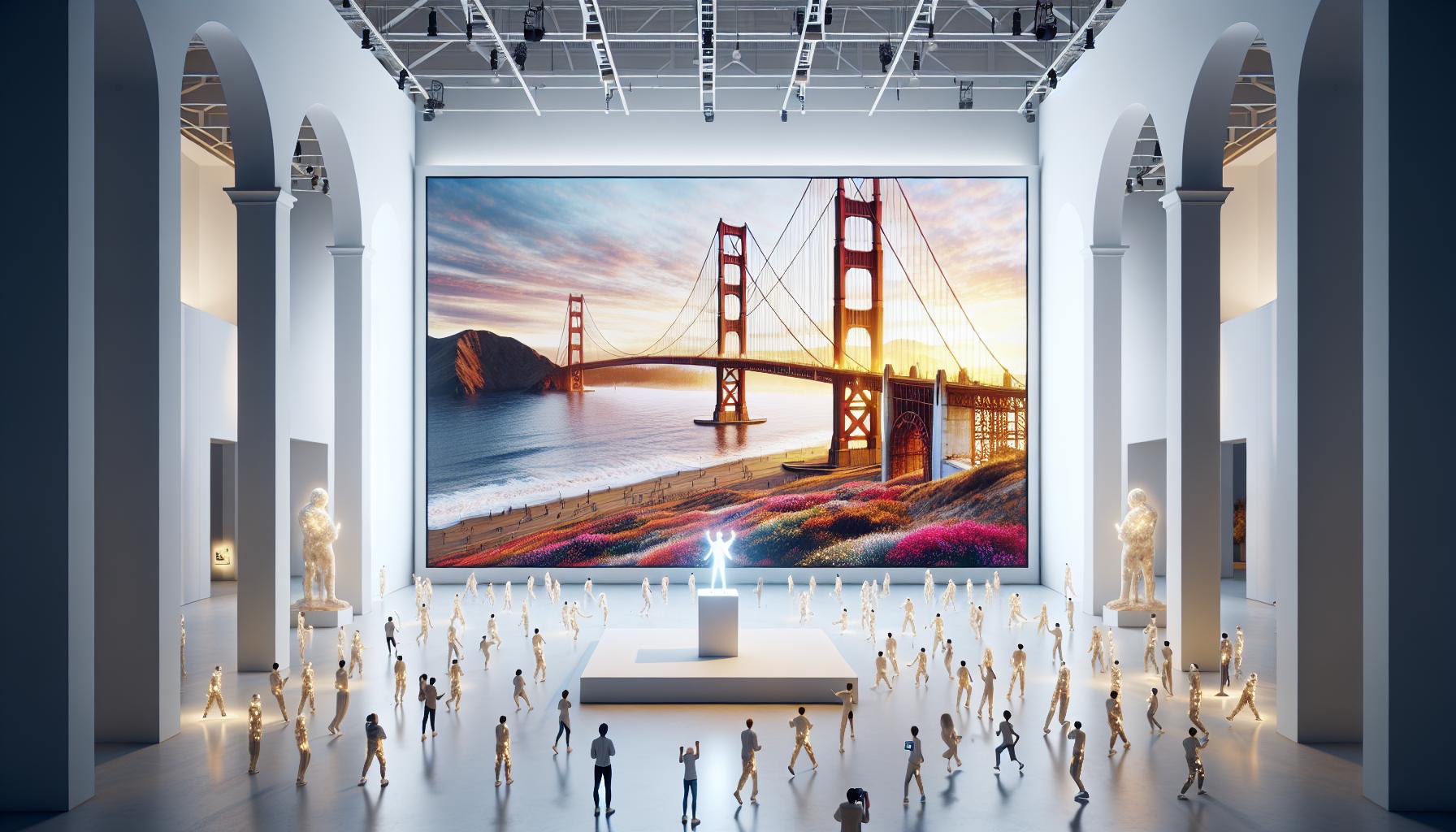
Michael Naimark’s innovative techniques inspired numerous photographers to explore the intersection of traditional photography and interactive technology. These artists expanded upon his foundational work while developing their own unique interpretations.
Influential Artists
Lynn Hershman Leeson collaborated with Naimark at MIT, creating groundbreaking interactive installations that combined photography with artificial intelligence. Ken Goldberg incorporated Naimark’s rotating camera techniques into robotic art installations at UC Berkeley, documenting environmental changes through time-lapse photography. Jim Campbell adapted Naimark’s motion-based capture systems for his LED light installations, transforming still photographs into dynamic visual experiences. Daniel Rozin developed interactive “mirror” artworks using Naimark’s principles of motion capture, creating photographic installations that respond to viewer movements.
Iconic Images
“Displacements” (1984) features projected photographs onto white-painted objects, creating a haunting three-dimensional effect. “Field Recording Studies” (1995) captures panoramic sequences of global locations, documenting cultural landscapes through 360-degree rotational photography. “See Banff!” (1994) presents interactive photographic installations of the Canadian Rockies, allowing viewers to navigate through multiple perspectives. The “Golden Gate Flyover” (1987) demonstrates aerial photography techniques combined with motion-based capture, revealing San Francisco’s landmark bridge from unprecedented angles.
Modern Interpretations and Digital Adaptations
Digital artists transform Naimark’s foundational techniques through contemporary technological innovations. Computer vision algorithms enhance the precision of motion-based capture systems, enabling seamless 360-degree photography at higher resolutions. Advanced software platforms integrate artificial intelligence to automate camera movements precisely calibrated to match Naimark’s original specifications.
Several key technological adaptations modernize Naimark photography:
- Cloud-based processing systems handle massive image datasets from multiple camera angles
- Machine learning algorithms optimize image stitching for smoother transitions
- Augmented reality interfaces create interactive viewing experiences on mobile devices
- Neural networks enhance image quality through automated post-processing
Recent exhibitions showcase these digital innovations:
| Exhibition | Technology | Location |
|---|---|---|
| Digital Horizons | AI-Enhanced Motion Capture | MoMA PS1, NY |
| Future Visions | Neural Rendering | Tate Modern, London |
| Virtual Spaces | AR Integration | Centre Pompidou, Paris |
Contemporary photographers integrate Naimark’s concepts with emerging technologies. Mobile applications enable photographers to create immersive experiences using smartphone cameras. Professional studios utilize robotic camera systems programmed with Naimark’s movement patterns. Online platforms provide tools for viewers to interact with photographs through virtual reality headsets.
Social media platforms adapt Naimark’s interactive principles through features like:
- 360-degree photo viewers on Facebook
- Instagram’s immersive story formats
- Snapchat’s augmented reality filters
- TikTok’s motion-tracking effects
These digital interpretations maintain Naimark’s core vision while expanding accessibility through modern technology.
Mastering Naimark Photography Techniques
Naimark photography requires precision equipment handling combined with an understanding of interactive digital technologies. The integration of traditional photography skills with modern digital tools creates immersive visual experiences that engage viewers on multiple levels.
Essential Skills
- Operating specialized rotating camera platforms with micro-adjustments for smooth panoramic captures
- Programming precise motor controls to achieve consistent image intervals
- Calibrating multi-directional lighting systems to eliminate shadows across 360-degree spaces
- Managing high-resolution image data through advanced processing software
- Implementing spatial mapping techniques for accurate dimensional representation
- Mastering exposure bracketing to capture details in varying light conditions
- Configuring interactive viewing systems for seamless user experiences
- Understanding geometric principles for proper image alignment
- Applying color correction across multiple merged images
- Creating metadata frameworks for interactive navigation systems
- Maintaining consistent lighting across 360-degree capture sequences
- Eliminating parallax errors during camera rotation movements
- Managing large image datasets while preserving quality
- Synchronizing multiple camera systems for complex installations
- Achieving seamless image stitching in varied environments
- Balancing file sizes with image resolution requirements
- Correcting perspective distortions in architectural spaces
- Coordinating mechanical components with digital interfaces
- Optimizing processor-intensive rendering operations
- Troubleshooting alignment issues in multi-image compositions
Michael Naimark’s groundbreaking approach to photography has revolutionized how we capture and experience visual content. His innovative techniques continue to influence modern digital imaging from virtual tours to augmented reality applications.
The fusion of traditional photography with interactive technology that he pioneered at MIT has laid the foundation for many contemporary imaging solutions. Today’s photographers and digital artists build upon his legacy creating immersive experiences that push the boundaries of visual storytelling.
Naimark’s contributions extend far beyond technical innovation as they’ve shaped the very way we think about and interact with photographic content. His work stands as a testament to the endless possibilities that emerge when artistic vision meets technological innovation.
